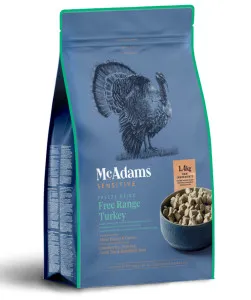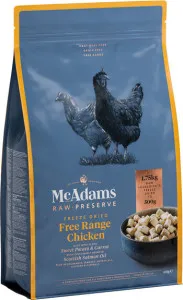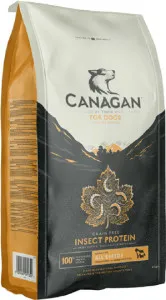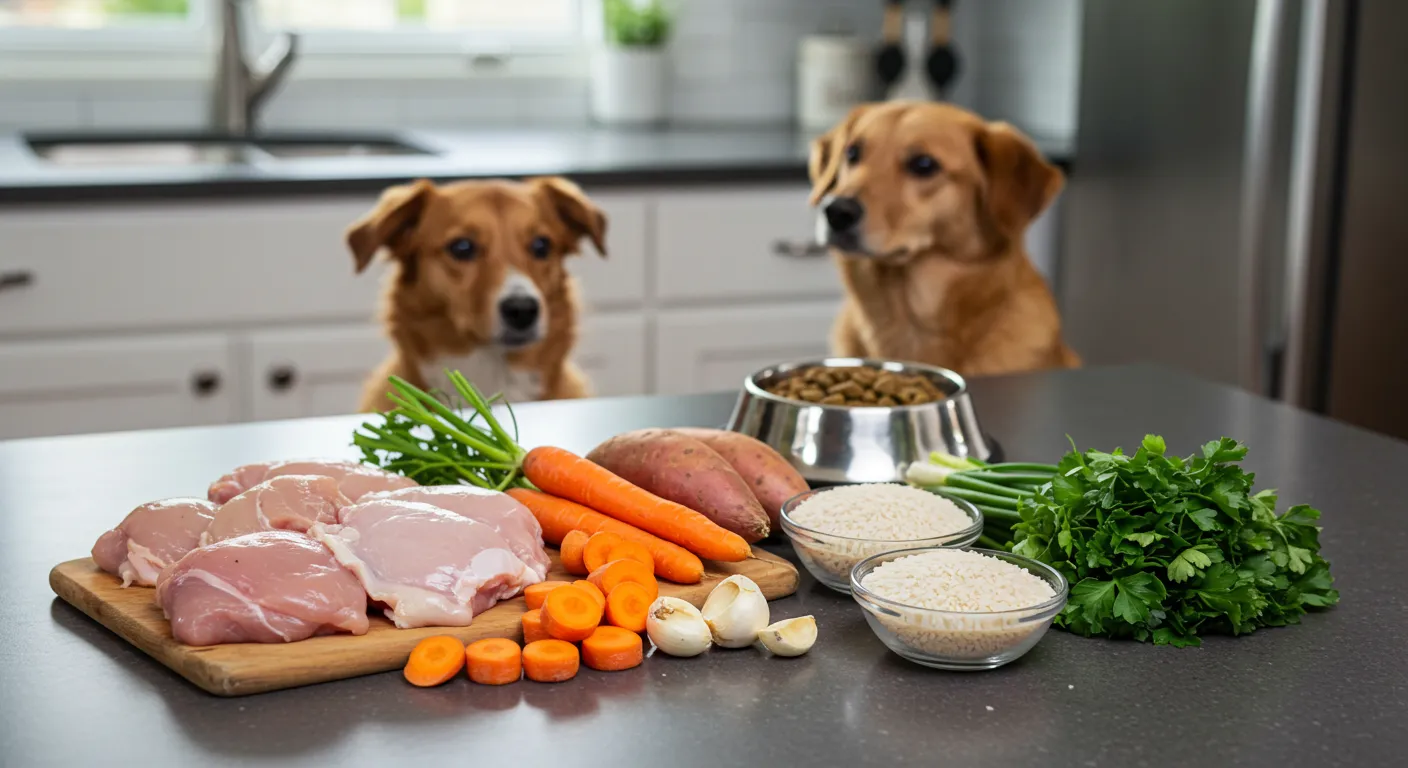Can I Feed My Dog Real Food Instead of Dog Food?
Yes, you can feed your dog real food instead of commercial dog food, but it must be balanced, safe, and nutritionally complete. Many pet owners are switching to homemade dog food to provide fresher, healthier meals. However, it’s not as simple as sharing your dinner—dogs have specific dietary needs that must be met to keep them healthy. Let’s explore how to safely transition your dog to real food.
Why Consider Feeding Your Dog Real Food?
More pet owners are exploring homemade dog food for several reasons:
- Better ingredient control: You know exactly what goes into your dog’s meals.
- Avoiding fillers: Many commercial dog foods contain unnecessary grains or artificial additives.
- Allergy management: Homemade diets can help dogs with food sensitivities.
- Improved digestion: Fresh, whole foods may be easier for some dogs to digest.
- Lean proteins: Cooked chicken, turkey, beef, or fish (boneless)
- Vegetables: Carrots, green beans, pumpkin, and sweet potatoes
- Grains: Brown rice, quinoa, and oatmeal (in moderation)
- Fruits: Apples (no seeds), blueberries, and bananas
- Toxic foods: Chocolate, grapes, onions, garlic, and xylitol
- High-fat foods: Bacon, fried foods, and excessive dairy
- Bones: Cooked bones can splinter and cause harm
- Protein (40-50%): Essential for muscle health
- Vegetables (30-40%): Provides fiber and vitamins
- Healthy fats (10-20%): Supports skin and coat health
- Carbohydrates (optional): For energy (if needed)
- Higher quality ingredients
- Customizable for your dog’s needs
- No artificial preservatives
- Time-consuming to prepare
- Risk of nutritional imbalances
- Can be more expensive than commercial food
- Start by mixing 25% real food with 75% regular dog food
- Slowly increase the real food portion over 2-3 weeks
- Monitor your dog’s weight, energy, and digestion
- You don’t have time to prepare balanced meals
- Your dog has special health needs
- You’re unsure about proper nutrition
However, before making the switch, it’s crucial to understand the risks and requirements of a homemade diet.
What Human Foods Are Safe for Dogs?
Not all human foods are safe for dogs. Here’s a quick guide:
Safe & Healthy Options
Foods to Avoid
Always research before introducing new foods to your dog’s diet.
How to Balance a Homemade Dog Diet
A balanced homemade diet for dogs should include:
Recommended Products

McAdams Freeze Dried Free Range Turkey is an excellent choice for can i feed my dog real food instead of dog food?. This dog food contains Boneless Free Range Turkey 86.5% and other high-quality ingredients that promote overall health.

McAdams Freeze Dried Free Range Chicken is an excellent choice for can i feed my dog real food instead of dog food?. This dog food contains Boneless Free Range Chicken 86% and other high-quality ingredients that promote overall health.

Canagan Insect is an excellent choice for can i feed my dog real food instead of dog food?. This dog food contains Freshly Prepared Insects (27%)* and other high-quality ingredients that promote overall health.
Many homemade diets lack essential nutrients like calcium, so consult a veterinary nutritionist or use a Pet Food Analyzer to ensure your dog’s meals are complete.
Pros and Cons of Homemade Dog Food
Advantages
Disadvantages
Transitioning Your Dog to Real Food
If you decide to switch, do it gradually:
Sudden changes can cause digestive upset, so take it slow.
When to Stick With Commercial Dog Food
Homemade diets aren’t for everyone. Consider sticking with commercial food if:
High-quality commercial foods are formulated to meet all your dog’s nutritional needs.
Final Thoughts
Feeding your dog real food can be a healthy choice if done correctly. Always prioritize balance and safety, and consult your vet before making major dietary changes. For help analyzing your dog’s nutritional needs, try our Pet Food Analyzer to create the perfect meal plan for your furry friend.
